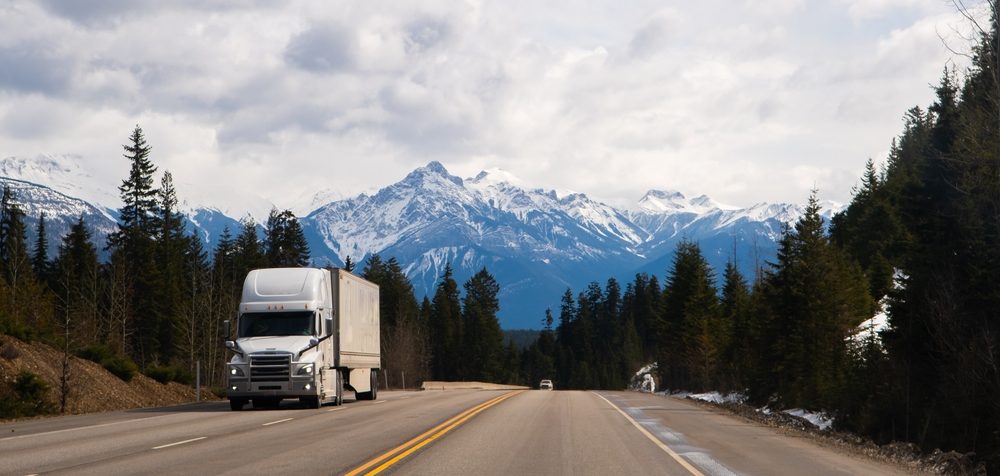
The College of Engineering at Drexel University has developed a self-heating concrete that can melt inches of snow without using salt. In the northern regions around the world, millions of dollars are spent to repair roads damaged by ice, and billions of dollars are spent on ice removal operations. The ability to maintain roadways at temperatures above freezing point would improve their service life, along with lessening snow and ice build-up, thus increasing traffic safety.
Dr. Amir Farnam, an associate professor at Drexel, and his team have been working on designing methods to keep concrete at a higher temperature even in freezing temperatures. They found that using liquid paraffin as a phase-change material (PCM) in the concrete mix prevents the mix from reaching freezing temperatures. When the temperature drops near freezing levels, the liquid paraffin also solidifies, but during this phase change the mix of hydrocarbons gives out heat, which warms the concrete.
After testing the mix under lab conditions, in December of 2021 the team began testing its suitability in harsh winters on the university campus. They placed three slabs of concrete on the Drexel campus: one with pebbles and small stone fragments used in concrete coated with liquid paraffin; the second containing liquid paraffin microcapsules mixed directly with the concrete; and the third slab not containing any liquid paraffin, therefore used as a control. The three slabs were monitored using cameras and thermal sensors. In the first two years of their research, the concrete slabs faced 32 instances when temperatures dropped to freezing levels and five instances of at least one inch of snowfall.
“Freeze-thaw cycles, periods of extreme cooling – below freezing – and warming, can cause a surface to expand and contract in size, which puts a strain on its structural integrity and can cause damaging cracking and spalling over time,”staed Robin Deb, a team member. “While this alone may not degrade the structure to the point of failure, it creates a vulnerability that will lead to the problematic interior deterioration we need to avoid.”
The researchers found that slabs containing PCM maintained surface temperatures of 42- and 55 degrees Fahrenheit (5-12 degrees Celsius) for up to 10 hours, even in freezing air temperatures. These temperatures might not be sufficient to prevent the use of snow plows but would still allow deicing to begin and improve transportation safety.
The team also found the concrete with aggregates mixed with PCM stayed warm for longer than with microencapsulated PCM.
“We have demonstrated that our self-healing concrete is capable of melting snow on its own, using only the environmental daytime thermal energy,” Farnam added. “This self-heating concrete is suitable for mountainous and northern regions in the US, such as Northeast Pennsylvania and Philadelphia, where there are suitable heating and cooling cycles in winter.”
